Women's History Month Focuses on Current Issues, Locally and Globally
/As Women’s History Month unfolds in the light of #METOO and #TIMESUP, two Hartford-area events bookend the month and underscore the evolving contributions of noteworthy women on the local and global scene. The World Affairs Council of CT and the University of Saint Joseph Women’s Leadership Center “work to motivate women to continue to be bold, to press for progress and take groundbreaking action that truly drives the greatest change for women locally and across the globe.” The two organizations will present “Global Changemakers” on March 7, in observance of International Women’s Day. The event, on the University campus, opens with a 5 p.m. reception followed by a 6 p.m. program and audience questions.
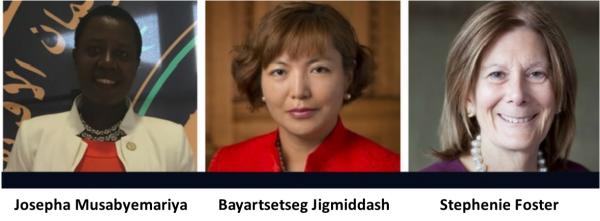 On campus will be:
On campus will be:
Bayartsetseg Jigmiddash has held senior government positions in the justice sector and has been at the forefront of Mongolia’s far-reaching reform initiatives. Currently, she is CEO and Founding Director of Veritas Consulting. From 2012 to 2016, Jigmiddash served as Secretary of State of the Ministry of Justice of Mongolia, becoming the first woman appointed in this position. Under her leadership, the legal policy on gender-based violence has been significantly improved, including criminalization of domestic violence. Prior to this top civil service post, she served as legal advisor to the president of Mongolia, and has been involved in the judicial reform as well as abolishment of death penalty in Mongolia. She has extensive civil society experience and pioneered an array of initiatives to promote human rights and access to justice.
Stephenie Foster is a Partner in Smash Strategies and a former Senior Advisor and Counselor to the Ambassador-at-Large for Global Women’s Issues at the U.S Department of State. As a member of the leadership team, she coordinated, managed and implemented a wide range of policies and programs, including the women, peace and security initiative, women’s political participation and women’s economic empowerment. At the State Department, Ms. Foster represented the United States in various multilateral and bilateral forums. She served at the U.S. Embassy in Kabul, Afghanistan, focusing on women and civil society, travelling extensively throughout the country to work with individuals and organizations advancing the role of women in Afghan society. Ms. Foster served as Chief of Staff to two United States Senators, Barbara Mikulski and Christopher Dodd.
Josepha M. N. Musabyemariya is the United States Rwandan Community Abroad (USRCA) Commissioner for Gender and Social Affairs. She also is President of Rwandan Community Abroad (RCA) in Maryland, District of Columbia and Virginia (DMV). She has more than 25 years of experience in handling special projects and initiatives designed to positively impact lives of people in her home country of Rwanda, the communities in and outside DMV and around the globe. She works for the African Union in the U.S. In this office, she was among the handful of individuals charged with setting up the African Union office in Washington DC which was just prior to the arrival and assumption of duties of the first Permanent Representative in 2006. Josepha’s passion lies in dealing with all issues concerning gender and women empowerment.
Later this month, “The Evolving Role of Women in Politics and Governance” will be presented by Duncaster, the Hartford area’s first LifeCare community, located in Bloomfield. With more women than ever running for public office in the United States, including in Connecticut, organizers say, the discussion will focus on their evolving roles on the local and national political stage. The panelists will include:
- State Senator Beth Bye of West Hartford
- Mayor Suzette De Beatham-Brown of Bloomfield
- Assistant Attorney General Claire Kindell of Bloomfield, a candidate for Connecticut Attorney General
- Mayor Erin Stewart of New Britain, who has an exploratory candidacy for statewide office.
The program will be moderated by Carole Mulready, the past president of the Great Hartford League of Women Voters. It begins at 11:00 a.m. on Friday, March 23. The event is free, but pre-registration is required.



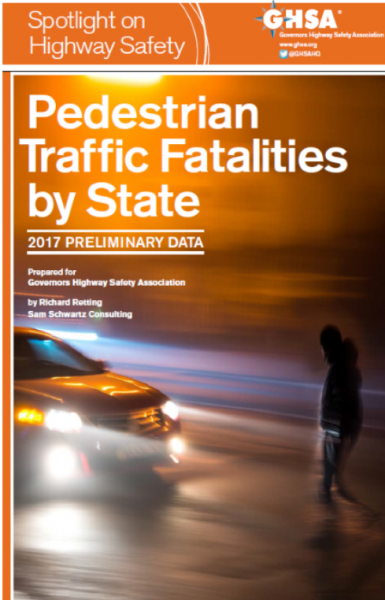
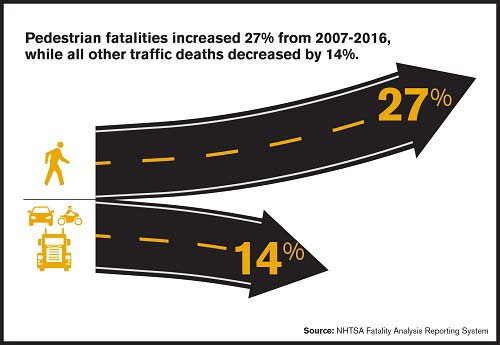 The total number of multimedia messages sent has more than tripled since 2010. The report also suggests a possible link with marijuana use. According to the report, the seven states (Alaska, Colorado, Maine, Massachusetts, Nevada, Oregon, Washington) and DC that legalized recreational use of marijuana between 2012 and 2016 reported a collective 16.4 percent increase in pedestrian fatalities for the first six months of 2017 versus the first six months of 2016, whereas all other states reported a collective 5.8 percent decrease in pedestrian fatalities.
The total number of multimedia messages sent has more than tripled since 2010. The report also suggests a possible link with marijuana use. According to the report, the seven states (Alaska, Colorado, Maine, Massachusetts, Nevada, Oregon, Washington) and DC that legalized recreational use of marijuana between 2012 and 2016 reported a collective 16.4 percent increase in pedestrian fatalities for the first six months of 2017 versus the first six months of 2016, whereas all other states reported a collective 5.8 percent decrease in pedestrian fatalities.

 The most expensive average elementary school tuition cost is also on the East Coast, and Connecticut leads the way. The average private elementary school tuition is $13,412, with Massachusetts ($10,822), New Hampshire ($10,773), Virginia ($10,755), and New York ($10,513) rounding out the top five.
The most expensive average elementary school tuition cost is also on the East Coast, and Connecticut leads the way. The average private elementary school tuition is $13,412, with Massachusetts ($10,822), New Hampshire ($10,773), Virginia ($10,755), and New York ($10,513) rounding out the top five. In a
In a 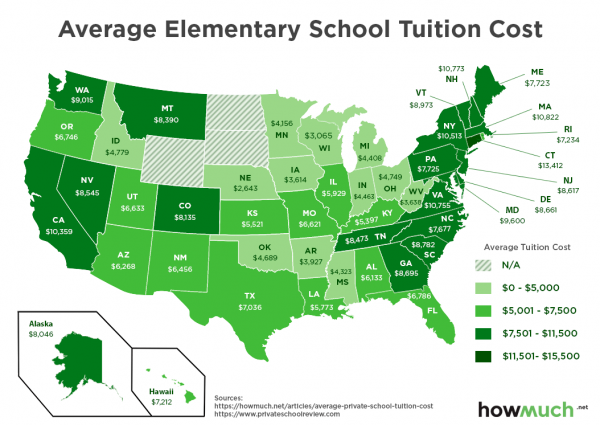

 The report defines Eastern Connecticut as the Community Foundation of Eastern Connecticut service area: 42 towns that include 453,000 people, 227,000 women. The population of the region is 80% white, 9% Latina, 4% Black and 4% Asian. Approximately 33,700 residents, or 7 percent, are foreign born. Looking ahead, the report noted that the population of women ages 65 and up is projected to grow significantly over the next decade; estimated to increase 44 percent by 2025.
The report defines Eastern Connecticut as the Community Foundation of Eastern Connecticut service area: 42 towns that include 453,000 people, 227,000 women. The population of the region is 80% white, 9% Latina, 4% Black and 4% Asian. Approximately 33,700 residents, or 7 percent, are foreign born. Looking ahead, the report noted that the population of women ages 65 and up is projected to grow significantly over the next decade; estimated to increase 44 percent by 2025.


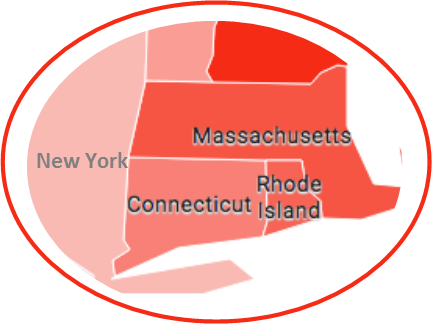 Even in advance of the merger plan, the Board of Regents has been extending lower tuition offers in every direction, reaching out to students in Massachusetts, Rhode Island, New York and even New Jersey, making offers that the Regents hope will be tough to refuse.
Even in advance of the merger plan, the Board of Regents has been extending lower tuition offers in every direction, reaching out to students in Massachusetts, Rhode Island, New York and even New Jersey, making offers that the Regents hope will be tough to refuse.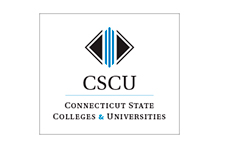
 When Bloomberg Businessweek ranked the nation’s business schools offering two-year full-time MBA programs, Harvard, the University of Pennsylvania’s Wharton School and the MIT Sloan School of Management topped the list, issued in late-2017. Among Connecticut business schools, Yale University ranked at number 16 and the University of Connecticut placed at number 66. Yale dropped two places from the previous year, UConn dropped three. In 2015, Yale ranked #11. A total of 85 schools nationwide received rankings.
When Bloomberg Businessweek ranked the nation’s business schools offering two-year full-time MBA programs, Harvard, the University of Pennsylvania’s Wharton School and the MIT Sloan School of Management topped the list, issued in late-2017. Among Connecticut business schools, Yale University ranked at number 16 and the University of Connecticut placed at number 66. Yale dropped two places from the previous year, UConn dropped three. In 2015, Yale ranked #11. A total of 85 schools nationwide received rankings.

 According to “The State of Languages in the U.S.: A Statistical Portrait,” Connecticut was one of seven states, along with New Jersey, Pennsylvania, Maryland, Vermont, New Hampshire and Wisconsin, where more than 30 percent of K-12 students were enrolled in language. As of 2014, only twelve states had more than one in four elementary- and secondary-school students studying languages other than English.
According to “The State of Languages in the U.S.: A Statistical Portrait,” Connecticut was one of seven states, along with New Jersey, Pennsylvania, Maryland, Vermont, New Hampshire and Wisconsin, where more than 30 percent of K-12 students were enrolled in language. As of 2014, only twelve states had more than one in four elementary- and secondary-school students studying languages other than English.
 image of Michelle Obama’s face,” the researchers pointed out.
image of Michelle Obama’s face,” the researchers pointed out.


























